
Saving Sea Turtles with STOP in Fort Lauderdale
There are some things in life that worm their way into your heart, and start pulling heartstrings you didn't even know existed. Sea Turtles, and especially baby sea turtles are one of these things for me. I didn't really know much about the life cycle of turtles, what the biological reasons they were disappearing were - nor that a major issue was a threat to the nesting grounds. After visiting the Loggerhead Marine Life Center, and Gumbo Limbo, these educational facilities set the stage to saving sea turtles with the Sea Turtle Oversight Protection (STOP) in Fort Lauderdale Florida.
Different Types of Sea Turtles
There are several different types of Sea Turtles, some more endangered than others. There is the Loggerhead, Leatherback, Greenback, Hawksbill, and the very rare Kemp's Ridley.
The most common type of Sea Turtle along the Florida Coastline is the Loggerhead Sea turtle. The main diet of this type of sea turtle is shellfish, they love the Conch shells. It is listed as a threatened species, due to the major coastal developments, coastal fishing, and pollution (both chemical and garbage).

The Less common is the Green Sea Turtle, likely because it is now listed as endangered. These eat mainly seagrass, seaweed, and algae. For the same reasons that the loggerhead sea turtle is endangered, so is this one.
The Leatherback Sea Turtle is considered a vulnerable species as its population is currently decreasing. It feeds primarily on Jellyfish, can weight up to 550 – 1,500 lbs! As a Scuba Diver, Jellyfish are not my friends, so I want to really see these Leatherback Sea Turtles flourish!
The incubation time for the Green and Loggerhead Turtle eggs is around 45-55 days, while the Leatherback Sea Turtle eggs can reach up to 70-90 days.
The Turtle Nesting Season
While visiting STOP I learned that each type of turtle has different times it likes to nest, and each female can lay multiple nests in a season with multiple different male partners. The Leatherback lays her eggs primarily in March to June, the Loggerhead from May to August, and the Green Turtle from June to September.
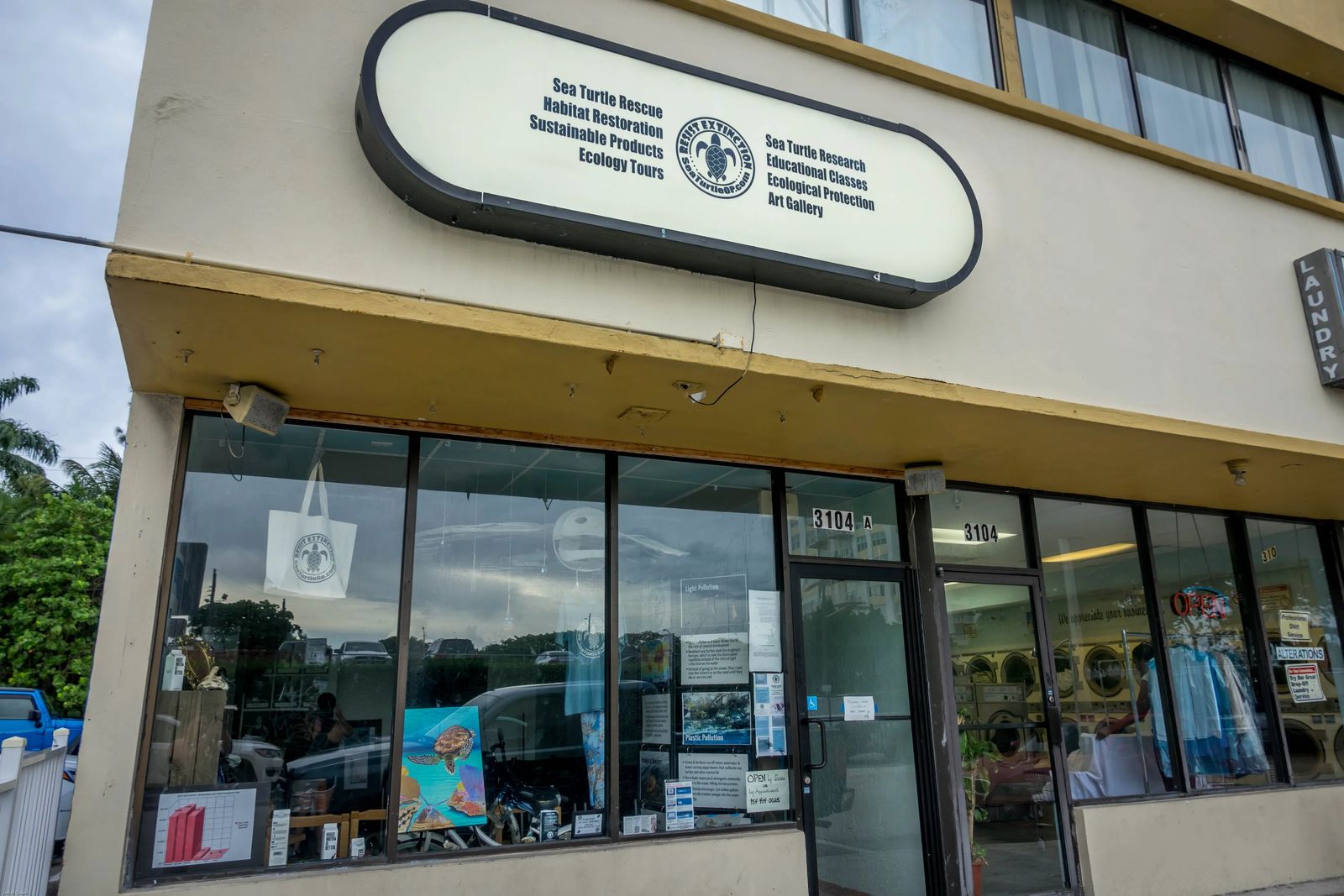
I happened to join Richard and his team at STOP near the end of June. We learned that each nest has about a 51-day gestational period, and there was one nest that was on day 54. I couldn't stop smiling, I was taking part or at the very least contributing to spreading knowledge about these wonderful animals, and may just be able to see them be born. Being able to help in a small way to saving sea turtles is a pretty incredible responsibility.
The Perfect Conditions
When a female sea turtle comes ashore to lay her eggs there are a few things she looks for. She will typically come when the moon is full or nearly full, when it is high tide, and the waves are just right.
When the ocean conditions are right, the turtle then has to feel as if she is coming home. They are, in general, very shy creatures, and spook easily. If there are parties every night on the beaches, flashlights, Iphones, loud music, then the female won't lay her eggs and will wait.

If you were coming to a hospital to give birth and your doctor was drinking alcohol, your husband was blasting Metallica in your ear, and the Nurse was snapping selfies. You wouldn't want to give birth either or would give the entire room an earful about ruining the moment. It is the same idea with turtles if there is too much noise, fires, flashing lights, or large groups of people near the shore - it won't come to shore. Eventually, it will just dump the eggs into the ocean, losing the precious and endangered cargo.
If she does come ashore, imagine dragging your pregnant body 300 yards, weighing 450-1000 lbs using only walking sticks to do it. It is dark, if there are sandcastles, holes dug in the sand, beach chairs, or anything that they can get stuck under - this kills the mama sea turtles folks.
Saving Sea Turtles, and the Mama
Richard told us about how people on the beach dig holes, and a turtle came up, laid her eggs, and on her way back to shore, fell into a hole dug into the sand, breaking her neck and killing her.

He also told us there was a mama turtle that came ashore the night before I arrived. She became stuck under a stack of beach chairs. The hotels along Fort Lauderdale Beach rammed metal poles into the ground, chained the beach chairs - and thought to leave them on their side was 'good enough'.
The turtle made her way up the beach, got stuck under a stack of chairs, the chain wrapped around her neck. Luckily STOP was there to rescue her or she would have died. They were able to calm her enough for him to go and ask the hotel for a key to unlock the beach chairs and free her. The night crew didn't know where it was, so he used a chain cutter and let the turtle free.
What the most amazing part of this story was, is that the turtle ended up laying her eggs anyway! Despite all of the trauma from getting stuck and nearly being suffocated to death. I think, in a way, she knew Richard and his team were there trying to do whatever they could to help her.
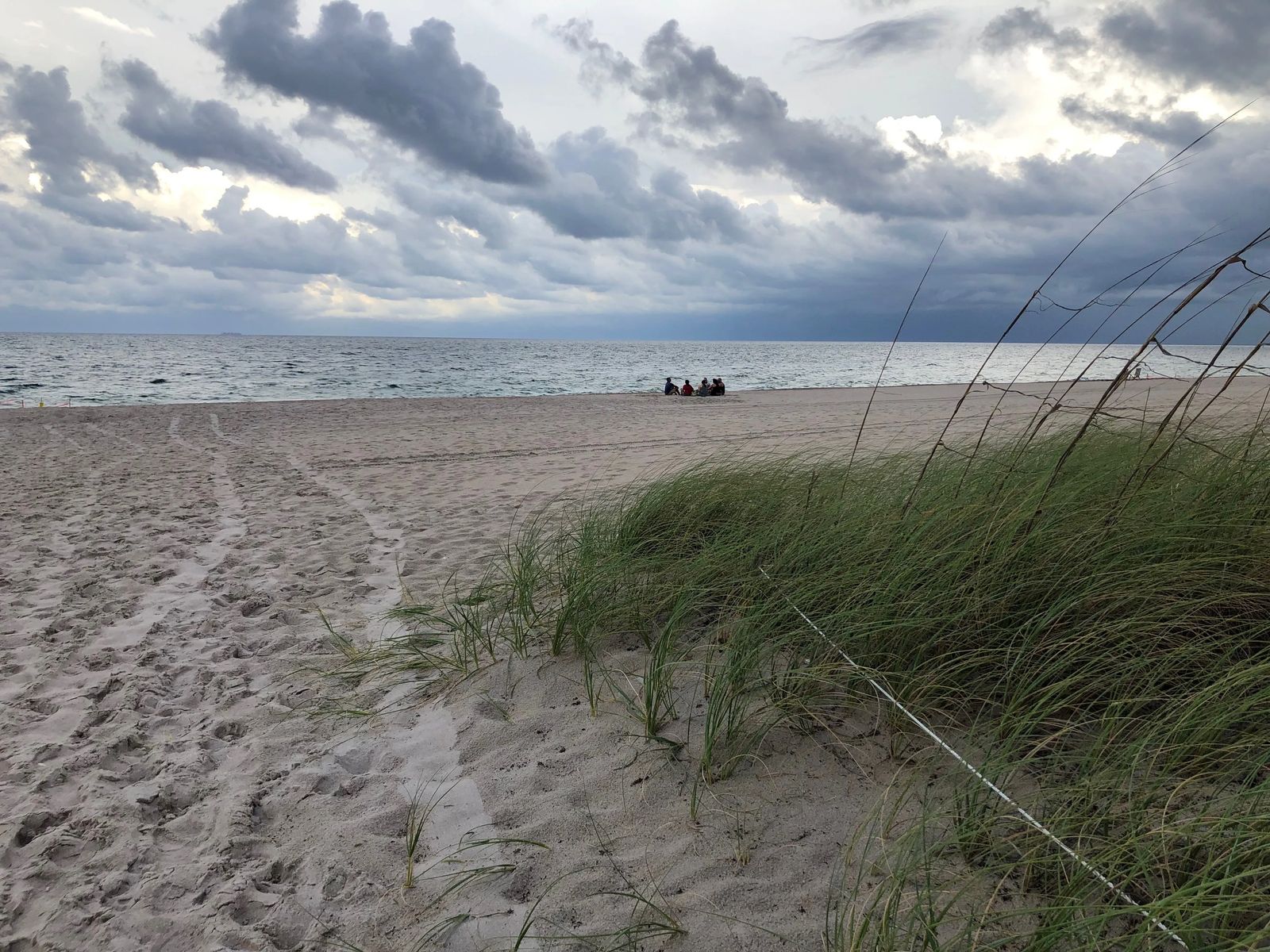
Location of the Nests
Did you know that turtles are able to map out beaches based on magnets? They are able to navigate their way back to the same beach where they were born from to lay their own eggs!
There are many facets that go into making a beach feel like a good nesting ground; that turtles will return to over and over again.
Nest Temperatures
What scientists have observed, is that the turtles will go and seek dark objects to lay their eggs under. The temperature of the nest determines the gender of the baby turtles. Nests than incubate below 81.86F (27.7C) then they will be male. Nests that incubate at 87.8F (31C).
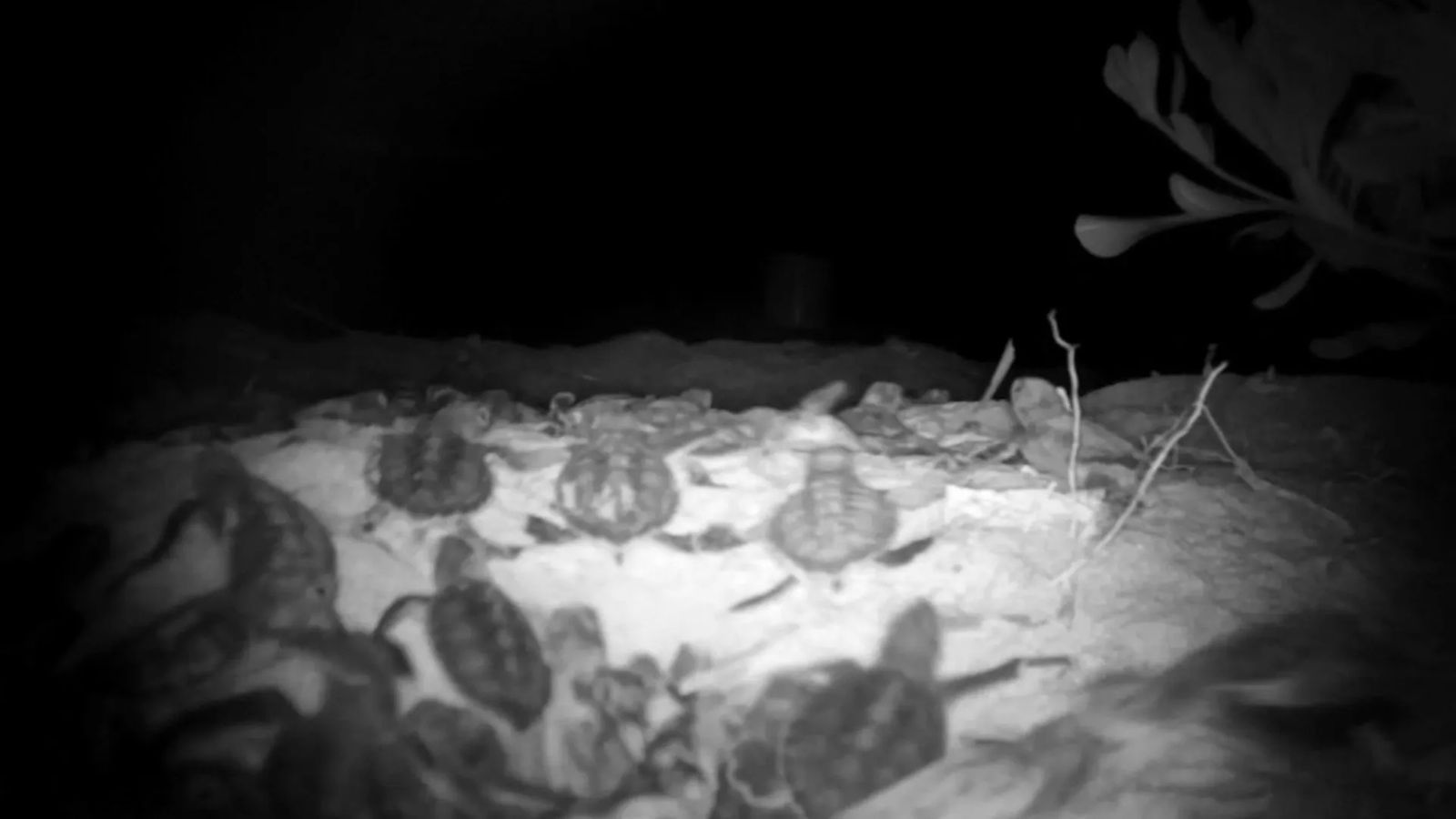
The turtles who are born from warm nests, end up being much slower swimmers, they can't make it past the break line of waves. Gumbo Limbo and the Loggerhead Marine life center help to rehab these baby turtles so that they can make it out in the ocean. They do this by tying tethers to the baby turtles who then, when strong enough, are released back into the wild.
The problem that is being faced with warmer nests, especially in places like Australia, is that only females are being born. Australia has one of the largest Green Sea Turtle populations, but 99% of the turtles being born are female. There needs to be enough genetic diversity within a species so that deformities and susceptibility to disease are less likely.
There are certain measures Australia is implementing to help more males being born. They are using artificial shade over the nest or spraying artificial rain to cool the temperature of the nests. There is a lot of fear, that when the people who are implementing these measures leave. What if Administration positions change, then funding could be lost and these measures will stop - this could cause this species of turtles to become extinct.
Barriers for Sea Turtles on the Beaches
When the mothers seek the shade, they often encounter barriers. Things like large sandcastles can appear as adequate shade, umbrellas or life guardhouses. Other barriers for turtles that are commonly found on beaches are cabanas, umbrellas, Hobie cats, canoes, small boats, and beach cycles.

Some beaches even rake their sand, to create a nice flat beach. This creates a ledge at the end of the beach that the mothers are unable to get up over because the tide bites at the edge of the beach over and over again.
The mothers think they have gone far enough, and end up laying their eggs right in the grip of the tide line. These nests have to then be dug up, replanted in an area that is safely away from the tide so that the eggs don't suffocate in the water before they hatch.
Predators on the Beach
Then there are new invasive species onto the beaches because of increased housing developments. Pet dogs and cats eat the eggs and hatchlings and even attack nesting turtles.
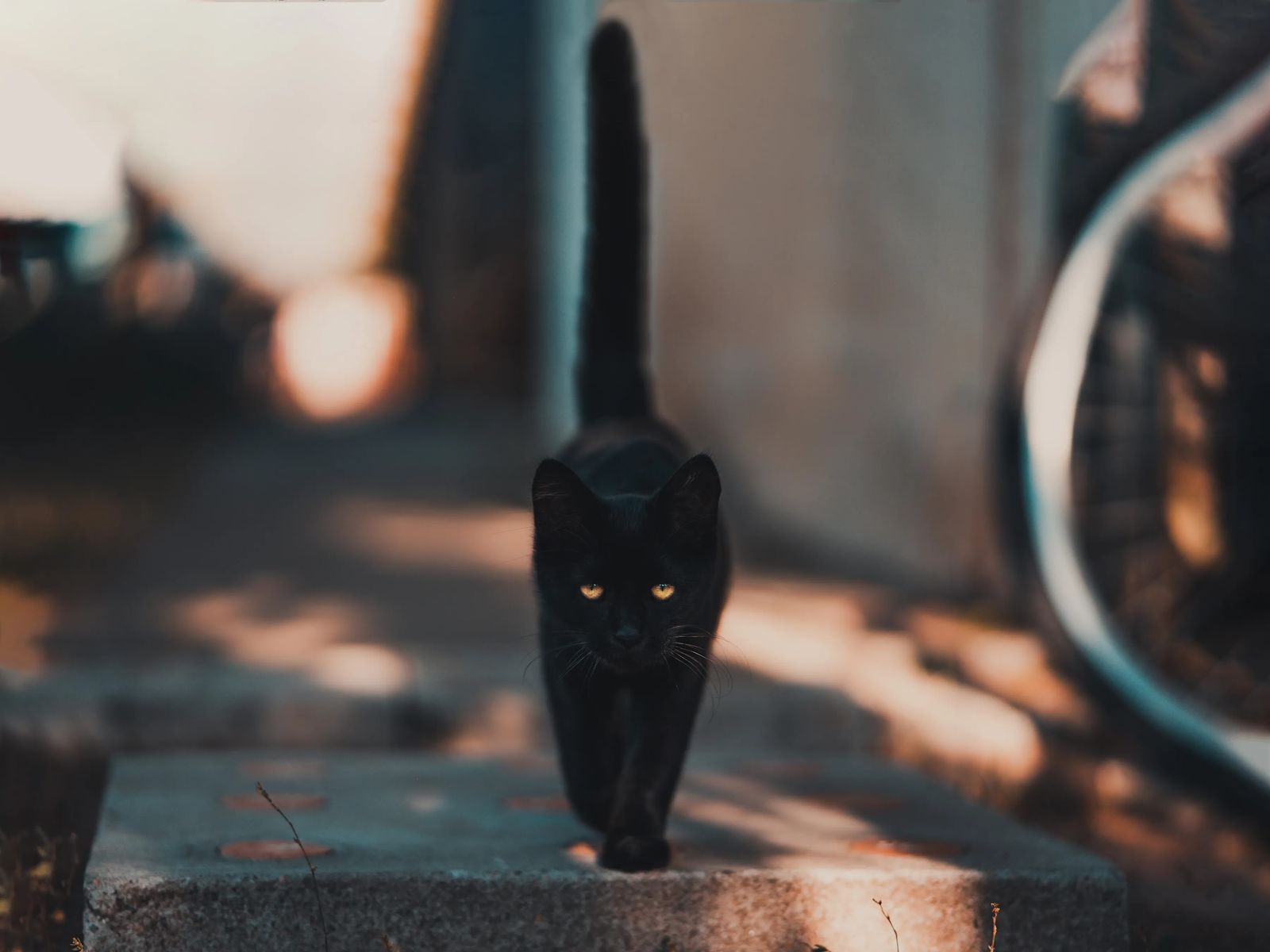
Those that leave trash behind lure animals that typically reside inland migrate to the beaches for that food. They may encounter mama turtles and/or hatchlings and kill them. So think of picking up after yourself when you are on the beach or visit the beach as a way in doing your part to save sea turtles.
Major Nesting Beaches Around the World
There are lots of nesting sites around the world, but as coastal development remains ever coveted and popular - the areas that turtles can lay their eggs is shrinking rapidly.
SWOT is a global database that allows volunteers to input different nest sites, sea turtle spotting etc... They have interactive maps of the sea turtle nesting sites, and how you can contribute to helping save even just one turtle.
The Nest
If you visit Florida, there is a major conservation effort through mass volunteering and even city ordinances to help contribute to the cause of protecting the nests. Each nest is taped off (at least in Florida) with bright pink tape. A sign is posted stating that disturbing the nest will result in a massive fine and/or imprisonment.
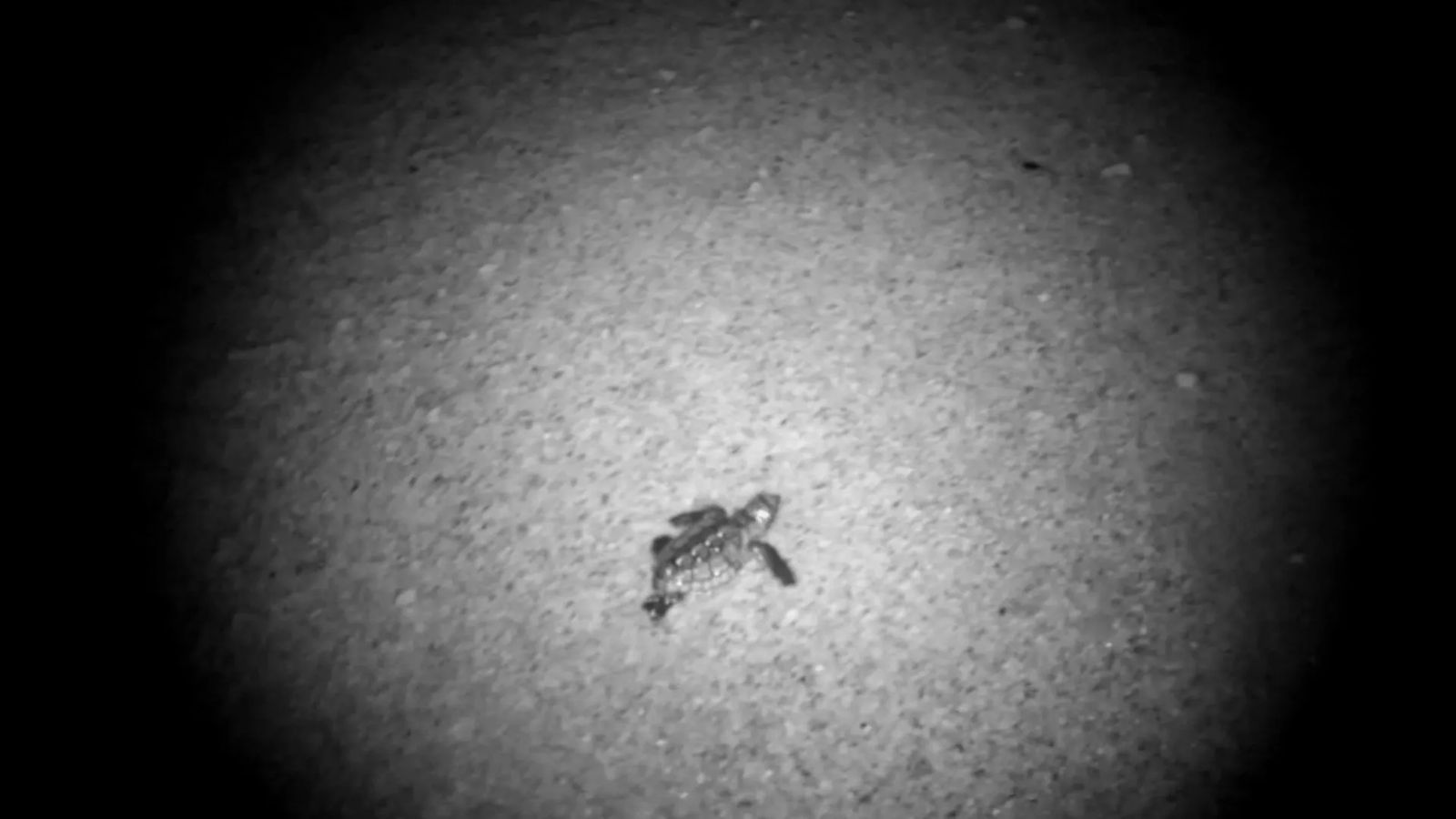
As the eggs incubate, it is important to not shoot off fireworks near them, nor stomp or jump on or around them. The baby turtles have a biological ability to sense vibration as a trigger to break free from the egg. Having just a few eggs hatch won't be enough vibration to make the whole nest hatch, there has to be many. Once there are enough vibrations, then the race is on.
The baby turtles, wriggle their way through the sand that causes other eggs to hatch. Once enough of the little ones are free it causes the center of the sandy nest to drop. The turtles then climb over each other up the sloping edges of the sand and then follow the brightest lights.
Confusing Bright Lights
The problem with this is that they often end up following the bright lights of the hotels, and cars near the beach. They get lost under beach chairs, stuck behind garbage cans, make their way to the car lights and ultimately are smashed in the road.
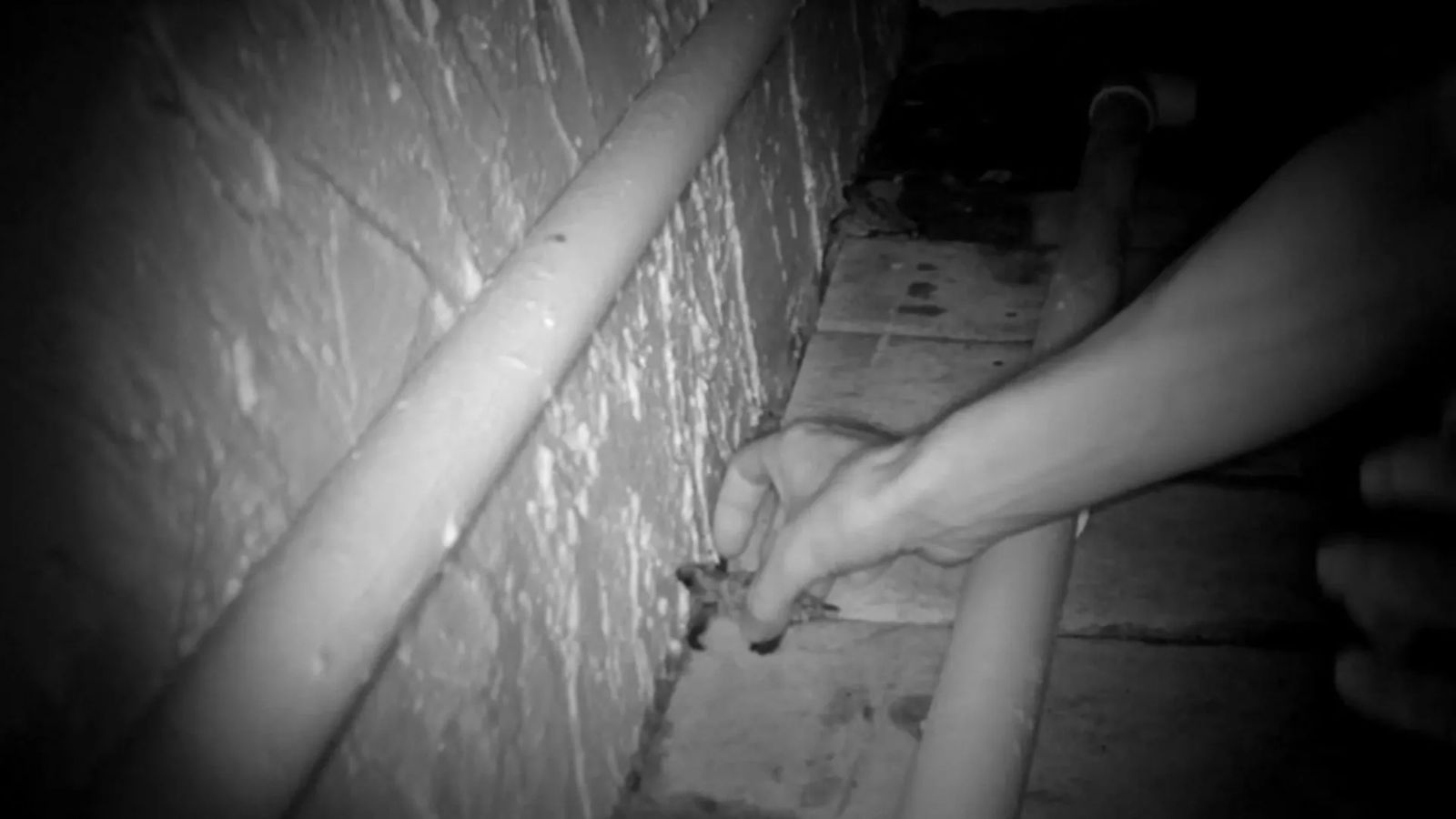
Something fascinating about Sea Turtles is that they are unable to see Orange or Red Lights. So driving along with certain coastal areas in Florida, you will see hotels beaming the orange lights (after a long fight with them to do so).
There are still certain shops, restaurants, and people who refuse to not use orange lights - so there will continue to be baby sea turtles that die. This is tragic and unfortunate that these humans refuse to do small things to help preserve these endangered animals.
Richard explained that there are people, businesses and hotels he has offered to pay to switch the lights out. He even offered to go and install the lights himself. The people, shops, and owners down-right refuse to take him up on his offer.
While this is aggravating and selfish; the only thing that we can continue to do as the Culture Trekking Community is to share, educate, and spread awareness. If enough people write emails, letters, or voice their opinion - we truly can create change that will save lives.
STOP
Richard and his team of Volunteers decided that if the hotels and businesses will not do their part, then they will pick up the slack. While the government supplies protection during the day, Richard and his handful of volunteers provide protection at night.

These volunteers spend countless nights sitting on the beach next to nests protecting and waiting for when they hatch. These volunteers and those who sign up for their turtle treks help guide the baby sea turtles away from the deadly road, and back to the ocean.
Each nest and the expected due date is charted in the new database STOP created. The nests are then color-coded by the number of days of gestation, and those in red are due soon. The nests that are nearing their 45-55 day window, are then guarded and babysat until the turtle's hatch. Sometimes there are stragglers, and the nests are seen as 'active' and not to be disturbed, for at least 3 days after the initial hatching.
Once the Active period has ended, the nest is then evaluated, and eggs that are remaining or baby turtles that didn't make it are counted. Unfortunately, the eggs at the bottom of the nest don't get the necessary oxygen, or can be crushed by the weight of the other eggs - so there will always be some that do not survive.

Saving Sea Turtles
Richard and the STOP volunteers, along with those like me who signed up for the Turtle Trek will comb the beach looking for sandcastles to knockdown. They pick up garbage and items that could impede a mama turtle or a baby turtle from completing their biological tasks. They remind and educate party-goers on the beach to not use phones, flashlights, yell, or play loud music.
During nesting season, they allow people to sign up for Turtle Treks for a fee of $25 or more to help guard, and maybe save baby sea turtles from wandering into the road.
There is a circle around the nest that is drawn to keep the Turtle Trekkers at a safe distance to not create vibrations. Then there is a 10-foot perimeter drawn around the circle. This perimeter is drawn so that scientists can draw conclusions and collect data on the progress they are making in saving the turtles. The marine biologists also want to give the turtles a chance to turn around if they get confused. Volunteers are advised to not pick up the baby turtles until they reach the 10 Foot perimeter.
Once the baby turtles hatch and they reach the perimeter, they are then put into buckets, and placed back into the ocean.
Volunteering to Save Sea Turtles
Being able to be a part of this Turtle Trek is something I will never forget. There are many nights the volunteers see amazing things. As Richard said, "Each time we see these tiny turtles emerge from the nest, it is a new experience. Each one has his/her own personality and you can see it by how they interact".

The night I was there we were able to fill in a few holes in the sand. We listened to the stories Richard has collected through the years. Unfortunately, the nest they had anticipated hatching, hatched at 7 pm, just the time we were meeting at the gathering place. This was likely due to the cooler than normal weather, and the cloud cover from the rain making it a little darker a little earlier than normal.
We sat around another nest all night, it was on day 49, and sometimes they are known to hatch a little early. Blessedly the little turtles stayed tucked in their sand bed, and it just gives me another reason to come back and participate again.
Anyone can volunteer, anyone can go on a Turtle Trek. While it does have a fee associated with it, please know that all proceeds go towards protecting the animals.
Richard and his STOP volunteers work tirelessly to protect the nests, fight for the rights of the turtles against the big hotel chains that run along Broward County coastline. The work they do today, will help protect these animals for your children's, children's, children - they don't get paid to do this - they volunteer to be on-call, out late at night. They have been spit at, yelled at, and even stalked because of their efforts - so $25 is not a lot to ask for the experience and education provided.
What Can You Do At Home To Save Sea Turtles?
Living in Utah, there aren't a whole lot of oceans around. Yet there are things that I can personally do to help with the cause. The first being, use less plastic as much as possible.
There is nearly 8 million tons of garbage that end up in the ocean each year. Each item of garbage has different rates of decomposition, plastic is the longest of all of them. Hundreds of thousands of sea life die each year from garbage that is consumed.
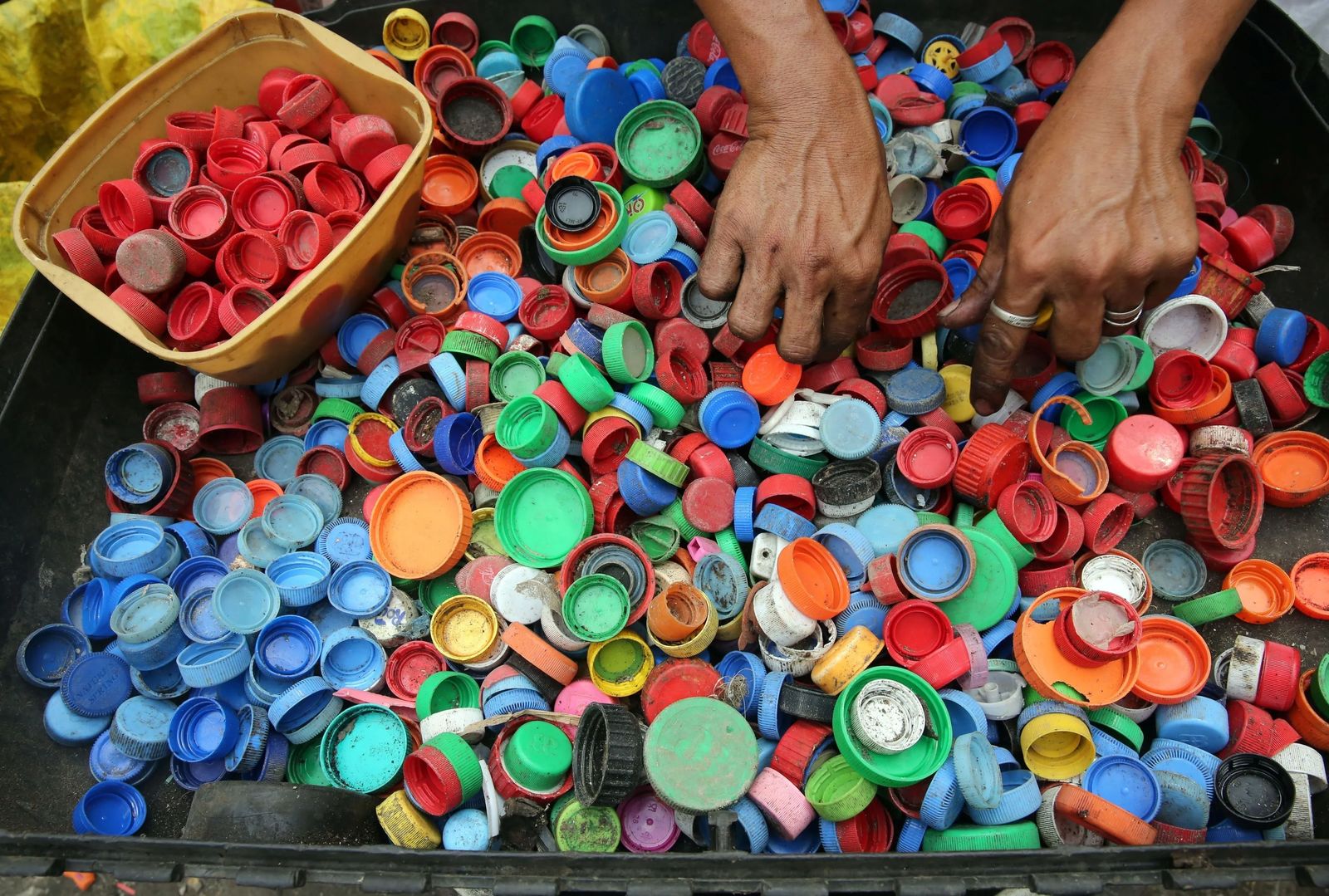
It isn't just Sea Turtles, it is whales, seals, and fish. I'm sure we have all seen at least one article about garbage being found in a dead whale - or a plastic straw lodged into a sea turtles nose. So hang those reusable bags near your door, take one with you on your vacation, buy a few for a friend.
Choose the milk in the paper carton, instead of the plastic carton, get reusable straws (they even have portable ones), use bamboo forks/spoons and keep one in your purse. Email locations, theaters or even local coffee shops that don't offer more environmentally friendly container options. If you go out to eat, bring a glass Tupperware to bring home leftovers.
Chemicals
Pay attention to the chemicals that you use. What kind of chemicals do you use in your laundry detergent, what about your dish soap, shampoo, conditioner, or body wash. Think about those items you use the most frequently and make better choices. Sometimes that is all it takes, is a better choice, not a drastic change. Each month you can commit to making a better choice than last month. Eventually, it will become second nature to you.

Staying on Coastlines
If you are staying at any coastline hotel near the regions highlighted above - close your curtains after the sun goes down. Ask the hotel why they don't have orange lighting to help protect against sea turtles getting confused. Send emails, be a voice, be a force.
If you decide to go out on the beach at night, do not use your phone on the beach nor near nesting turtles. Don't play loud music, or light a fire that could deter turtles from coming ashore to lay their eggs.
Other Ideas for Doing Our Part At Home
Replace your light bulbs with compact fluorescent ones, this can decrease your carbon footprint by 150 pounds per year. Driving less, taking a bike to the store instead of driving can save one pound of carbon for every mile you don't drive.

Recycling can potentially save you up to 2400 pounds of carbon dioxide per year by recycling just half of what you use in your daily life.
Checking the tires on your car so your gas mileage is more efficient saves 20 pounds of carbon per gallon per year. Use less hot water, by taking shorter showers can save 500 pounds of carbon per year. This can also apply to washing your clothes in cooler water as well.
Planting one tree can absorb one ton of carbon dioxide over the lifetime of the tree.

If you aren't using your computer, television, DVD player, stereo or computer then turn them off. You can save yourself thousands of pounds of Carbon Dioxide a year by doing this.
These are just a few ways that you can reduce your carbon footprint while you are in this world. What we do today can impact our descendants for decades to come.
A Duty to Save Baby Sea Turtles
We as a human race, are the biggest threat to Sea Turtles becoming extinct. Imagine your Grandchildren watching Finding Nemo, and then they ask 'Are Sea Turtles Real?' - I for one, hope I never have to answer, 'Well....they were real, but they all died'.
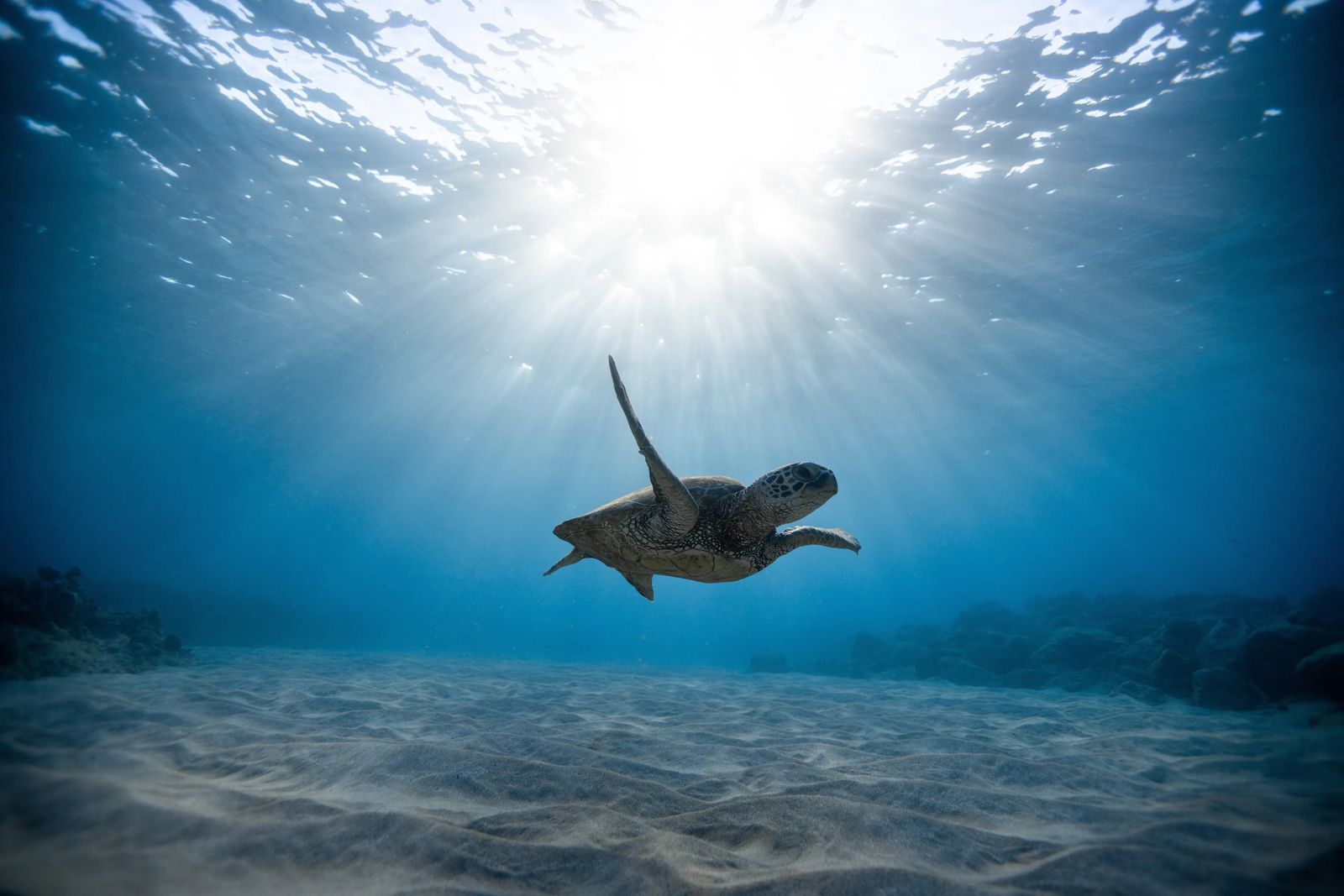
We have a duty to protect, save, and educate not just ourselves but spread the news in a positive and constructive way to those who may just not know any better. Get involved with a volunteer group, go on a Scuba Diving Ocean extravaganza, pick up trash, move those beach chairs.
If you would like to go on a Turtle Trek and save sea turtles, visit STOP in Florida or donate today.
***Please note that all photos of turtles taken at night and hatching from the nests were taken by Richard Whitecloud who is licensed by the State of Florida to do so. Lights of any kind are not allowed on beaches as listed above. Please do not attempt to film, or photograph any nests during the evening***
Where to Stay Near the Turtle Trek
Like it? Pin it! Sharing is caring ;)
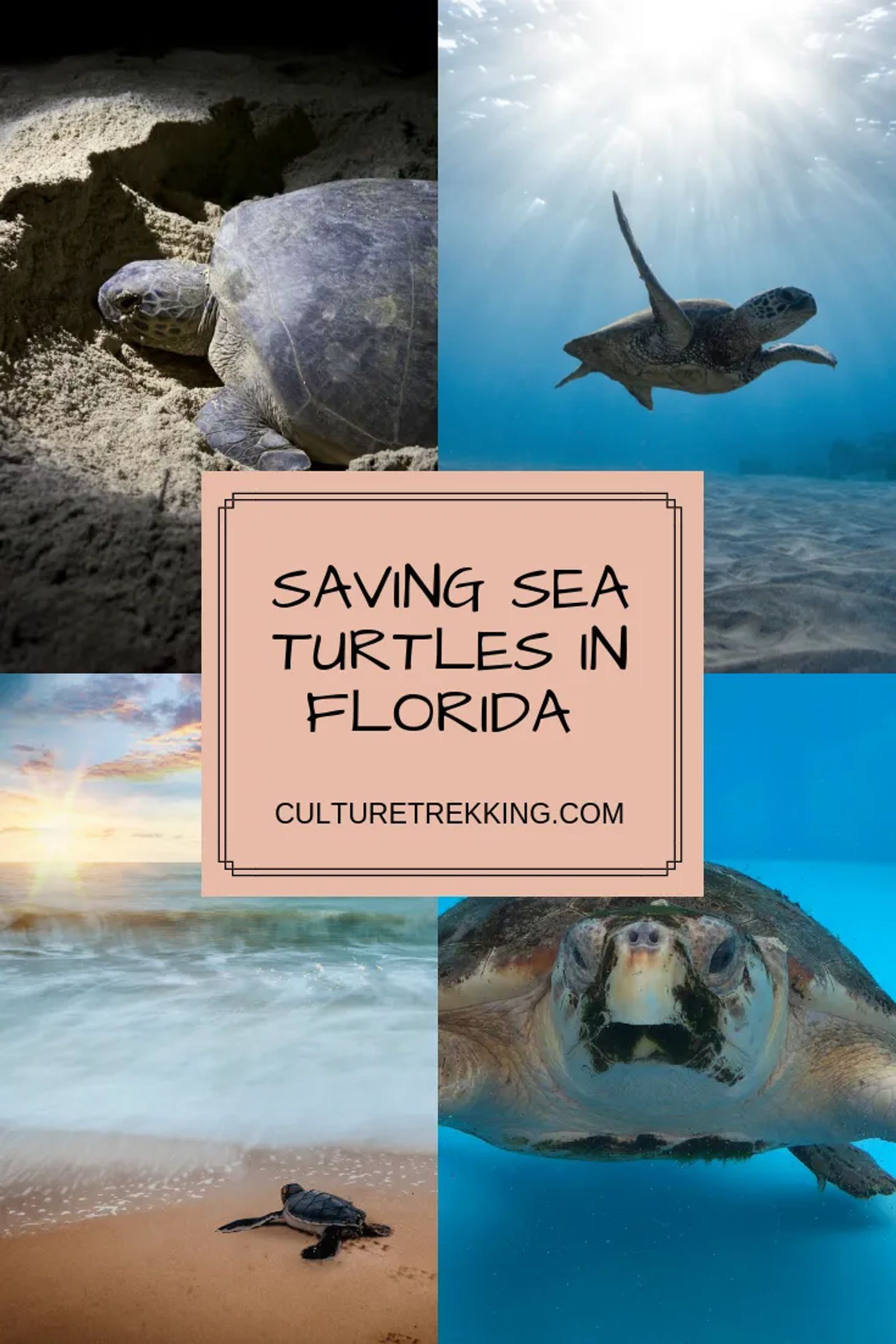
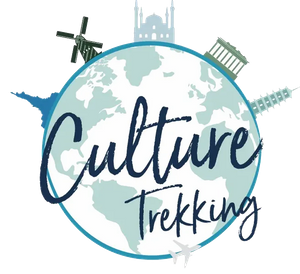

Welcome to Culture Trekking!
My name is Janiel, a leader in the travel industry with over 20+ years of experience with international travel. I specialize in solo female travel, cultural connections, sustainable adventures, food and history to help make your travel experiences fun, meaningful, and delicious. My experience in travel, and my personal story have allowed me to get published in Fodor's Travel, Atlas Obscura, Metro.co.uk, Trip Advisor, and multiple Podcast interviews. You can find me on pretty much every social media channel YouTube, Instagram, Twitter, Facebook, Pinterest, TikTok. To read more about me and my story click here. If you are a brand and would like to work with me, click here.


